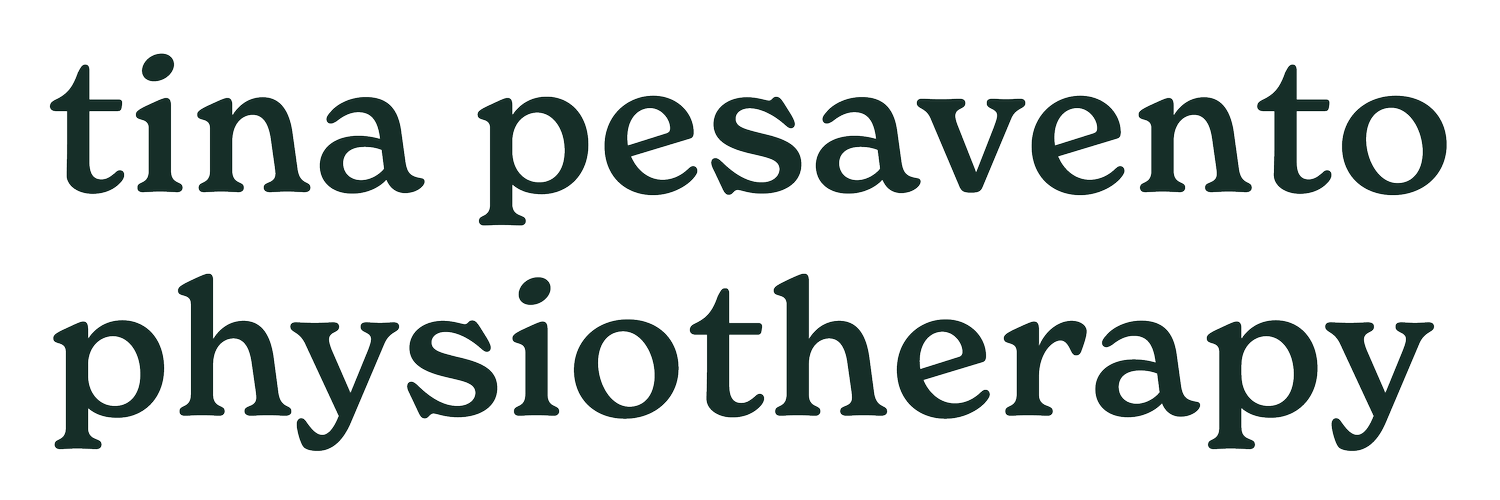Breathing better.
I recently completed a course on ‘Breathing Better’ by an English Physiotherapist and Yoga Instructor, Sarah Marsh. I thought I would talk a little about breathing and how we can use a breath practice to decrease stress/anxiety and persistent pain.
As a physiotherapist working in pelvic health, it is essential to improve a patient’s muscle and breath coordination and range of movement. Sometimes this will require uptraining the pelvic floor, but at other times down training the pelvic floor is needed.
Improving breathing patterns and coordination whilst down training pelvic floor muscles and other core muscles can assist in decreasing persistent pelvic pain. This can be the case for both women and men.
Persistent pelvic pain can come in the form of vaginal pain, vulva pain, endometriosis, and generalised pelvic pain in women. Men can also experience persistent pelvic pain and may have testicular and penile pain or generalised pelvic pain.
Good pain education is significant in decreasing persistent pain.
But how does the breath affect pain?
Breathing patterns can change because of increase in activity or exercise, change in movement patterns, injury, pain, fear, anxiety, stress due to injury and guarding, or stress with external factors.
A person’s breathing pattern can increase or decrease, breath holding can occur, reduced diaphragmatic movement, chest breathing or shallow breathing, hyperventilation or hypoventilation, resulting in increased stresses on your bodily functions..
The little picture above shows a simplified version of a person’s trunk. The glottis (vocal diaphragm) is at the top, pelvic floor(pelvic diaphragm) at the bottom, abdominal muscles and multifidus(back muscles) at the front and back respectively, and the diaphragm(respiratory diaphragm) in between. When breathing optimally these segments will contract or relax in a coordinated manner. The ability to breathe optimally can assist in decreasing stress and persistent pelvic pain.
Ok lets now have a go. To begin with find yourself a comfortable position. This can be in lying or sitting, but ensure you are well supported.
When practised and comfortable with the techniques, you will be able to complete a 3-5 min breath exercise to release stress or muscle tension a few times each day, or when required in various positions.
I have attached 3 different relaxation techniques (Courtesy of Sarah Marsh). You may feel more comfortable with one technique compared to the others. The last technique encourages a longer exhalation which can help to stimulate your parasympathetic nervous system (the rest and digest part of your nervous system)
Image source Sarah Marsh Physiotherapy and Yoga, Breathing Better 2022
Abdominal/Diaphragmatic Breathing Technique:
Find a comfortable lying position. Legs can be bent or straight, support knees as needed. If you start to feel uncomfortable then move as you need. Eyes can be open or closed. Bring your attention to your breath, not trying to change it, but noticing the inhale and exhale. Take 5-6 breaths here. Place your hands on your belly, keeping your shoulders relaxed. Inhale and visualise/feel your lower belly rise against your hands, as you exhale your belly falls. Repeat this for 6 -8 breath rounds. Now bring one hand to your chest, keeping the other on your belly. Inhaling into your upper chest, middle and lower belly. Exhale from your lower belly, mid belly then your chest. Feel/visualise the gentle pressure against each hand as the breath moves. As you exhale, feel the tension leaving your body as you become more relaxed. The movement of your abdomen and chest is like rolling waves rising and falling in a rhythmic motion. Stay with this for 10-20 breaths. Bring both hands back to your lower belly or rest them beside you. Come back to your normal breath. (5-6 breaths). Come back to a seated position.
Image source Sarah Marsh Physiotherapy and Yoga, Breathing Better 2022
3-5-minute breathing exercise
Find a comfortable seated position. Take your time to ensure your back and neck are supported, knees comfortable. You can close your eyes or drop your gaze, whichever works best for you. Bring your attention to your breath, not trying to change it, but noticing the inhale and exhale. Bring your hands to your belly: As you inhale your belly gently rises, as you exhale your belly gently falls. Notice if your inhale and exhale are the same length. Gently start to increase the length of your inhale and exhale: Inhaling for a count of 2, exhaling for a count of 2. Stay with this for 5-6 breaths. If this feels ok, increase to a count of 3 or 4 and stay with this for 5-6 breaths. Now come back to your normal breath, letting your inhale and exhale flow naturally. Your breath may feel slower than before, it may feel the same. (5-6 breath rounds) Take 2-3 more rounds then slowly open your eyes or bring your gaze back up and ‘come back to the room’.
Lengthened exhale
Find a comfortable position and settle in as above. Bring your attention to your breath. Take 3-4 steady breaths, bringing your attention to your inhale and exhale. Enquire rather than judge – the quality of both, the length of both. Now start to lengthen the exhale: Inhale for 2 Exhale for a count of 4. Sit with this for 8-10 breaths. If this feels comfortable further increase the length of the inhale and exhale. Sit with this breath for 8-10 breaths. Play with the length depending on how your breath feels today. Come back to your normal breath – take 4-5 rounds here, and then come back to the room.
Image source Sarah Marsh Physiotherapy and Yoga, Breathing Better 2022





